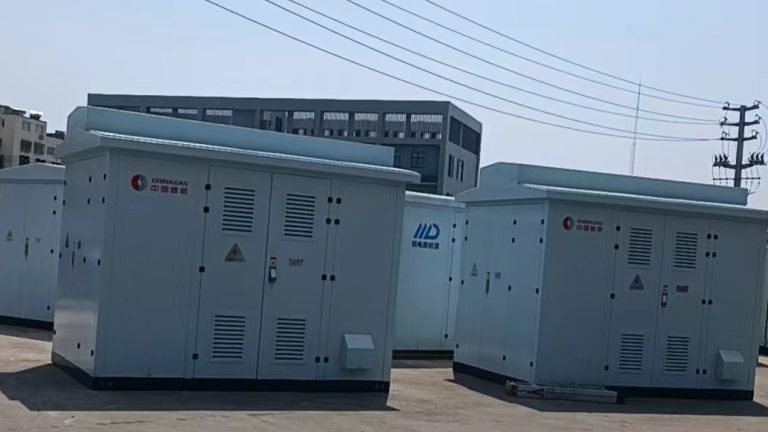Manuals as a Buyer’s Safety Net
For international buyers, a well-prepared manual is not just a formality—it is a trust-building document. Manuals show professionalism, reduce the risk of misuse, and help ensure compliance with global regulations. Missing or unclear information can lead to safety incidents, warranty disputes, or customs issues. Exporters must therefore include the essential technical information that global buyers expect.
1. Basic Product Identification
Every manual should start with clear identification:
- Product Model and Name
- Serial Numbers and Batch Codes
- Manufacturer and Contact Information
- Certifications Listed (CE, UL, UN38.3, etc.)
Exporter Tip: Align manual details with product labels and datasheets for consistency.
2. Safety Instructions and Warnings
This section is crucial for both buyers and regulators:
- General Warnings: Fire, shock, explosion risks.
- Installation Safety: Wiring precautions, grounding requirements.
- Operation Safety: Temperature limits, discharge practices.
- Emergency Procedures: What to do in case of smoke, leakage, or overheating.
Key Point: Use clear icons and multi-language warnings if exporting globally.
3. Technical Specifications
A must-have section that buyers expect:
- Electrical Ratings: Voltage, capacity, discharge rate, efficiency.
- Environmental Ratings: Temperature range, humidity tolerance.
- Mechanical Data: Dimensions, weight, installation orientation.
- Certifications and Standards: Compliance with IEC, CE, UL, etc.
Exporter Advantage: Helps buyers evaluate suitability for specific projects.
4. Installation Instructions
Step-by-step installation details should include:
- Tools Required
- Mounting Instructions (wall, cabinet, rack)
- Cabling and Connection Guidance
- Integration with Inverters or PCS
Result: Reduces installation errors and after-sales service calls.
5. Operation Guidelines
Clear instructions for everyday use:
- Startup and Shutdown Procedures
- Monitoring and Display Functions
- Charging/Discharging Protocols
- Load Management Tips
Buyer Benefit: Prevents misuse that could void warranties.
6. Maintenance and Troubleshooting
Buyers value manuals that help them self-diagnose:
- Routine Checks: Cleaning, cable inspections, ventilation.
- Firmware Updates (if applicable)
- Common Error Codes and Fixes
- Contact Channels for Technical Support
Tip: A troubleshooting chart saves time for both buyers and your service team.
7. Warranty and Service Terms
Manuals should clearly define:
- Warranty Coverage
- Conditions That Void Warranty
- Service Process (repair vs replacement)
- Regional Service Centers (if available)
Benefit: Prevents misunderstandings that could escalate into disputes.
Manuals as a Professional Standard
A buyer-ready manual is more than a regulatory requirement—it is part of your brand promise. By including identification, safety, technical specs, installation guidance, operation steps, maintenance tips, and warranty terms, exporters reassure buyers of product quality and long-term reliability. In global trade, a strong manual reduces risks and strengthens buyer confidence.









